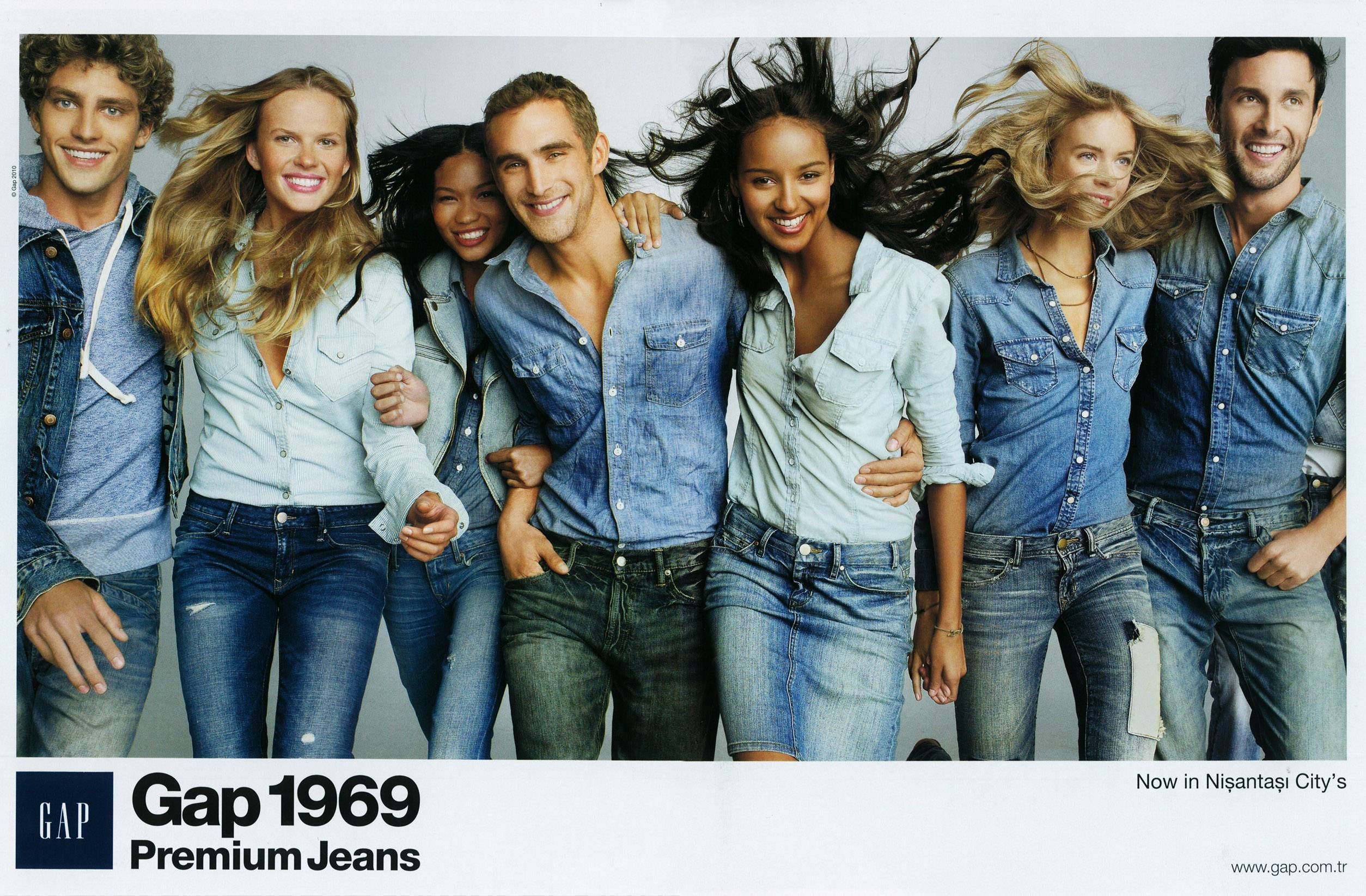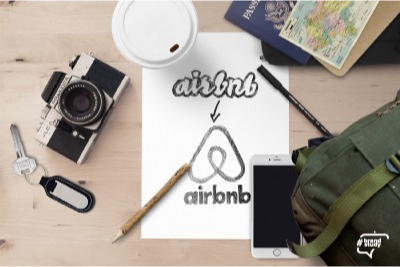Numbers & Stats Behind Design
Ever since I became conscious of an industry centered around aesthetics, I wonder about the economics of it. My confusion only intensifies as “good design” seems so subjective. I know there are inherent ideas of what constitutes good and bad design. Design elements and principles for two. It’s what attracts large populations to certain things.
The Creative Economy
Look, it’s easy to understand the traditional industries like real estate or construction. Shelter is a basic need on Maslow’s hierarchy of needs. So there are transactions to make that happen. Direct correlations exist to a demand and supply economy. Design networks can be incorporated in any industry. The creative economy, as defined by John Howkins, recognizes what I imagine to be a sub-economy of sorts.
The economy is one that bases value on novel imaginative qualities rather than tradional resources. The creative economy includes:
…aesthetics, branding, business models, networks, culture, education & learning, intellectual property, management, digital/online, policy, pricing, public statistics, software, startups, tax, urban design and work.
Are these measurable? According to an interview with Interbrand Chairman, Rita Clifton by Thought Economics,
…the top 10 global brands (as measured by the Interbrand index) have a combined value of over $432 billion (against their total market capitalisation of $1.7 trillion). That means that 24% of the real economic value of these organisations lies in their brands.
MarCom agency Young & Rubicam developed a brand asset calculator of which determines value among four dimensions:
Differentiation Relevance Esteem Knowledge
So with all these numbers and units in our head, let’s look at two case studies. Airbnb and the Gap.

Airbnb
Airbnb had been cruising along in the hospitality marketplace at a good clip. Then come 2011, a PR disaster hit when a host’s house was damaged and Airbnb offered no compensation. They eventually mitigated the issue, but the brand was a bit tarnished.
The Idea of Airbnb
With their first real challenge behind them, their creative team started a complete overhaul. The idea was to rebrand beyond a ‘b n b’ or a ‘spare room’ to more of a sense of belonging. They introduced ‘welcome home’ campaign. From here came a new logomark.
The Bélo
From the blue bubblegum typography to a more travel/adventurous and modern sans serif lowercase with passionate red that conjures up images of a street market in Bangkok or walking a secluded Panamanian beach. Amidst lots of parodies and mocking, corporate ignored the communities’ push-back, eventually gaining acceptance with its ‘belonging’ message. In my view, this wasn’t arrogance but more weathering through the negativity to sell the message.

Instead of just dropping its mark into the marketplace with no explanation, Airbnb introduced its loyal followers to their new ‘bélo’:
Along with this rebrand, they now offer a $1 million guarantee to hosts. Embraced the belo.

Gap
Gap is a classic, established clothing brand with no real need of change. But the top echelon seemingly wanted a change, wanted a modernizing new logo that would look younger and sleeker. In some design strategists’ view, Gap corporate didn’t understand the attachment their customer base had for that tall, serif logo. The distinguished typography was printed on shirts, navy blue bags; a strong mark for a strong brand. So why change?
Comments from designers on this rebrand include:
The typeface is the same as its main competitors.
Gap should’ve gone more personality.
The square gradient is totally unnecessary.
Gapgate is about arrogance.
Gapgate is also about vanity.
It looks like something for a responsible banking institution or pharmaceutical company and not for a fashion brand.
Arrogance. Arrogance is the line between a splash and a flop. Airbnb wanted to expand their brand to a sense of belonging, thus a full-scale effort from Design Studio and a measured and authentic release brought customers along with them. Airbnb probably expected push-back, but they asked us to wait it out, understand their message and fall back in love. The Gap rebrand was estimated to have cost them $100 million. $100 million for something that was changed back in short order. I’m not sure how much the Airbnb rebrand cost, but they grew significantly, now at $30 billion.
So: Invest in good design and don’t be arrogant.
Thanks to Compass of Design.
